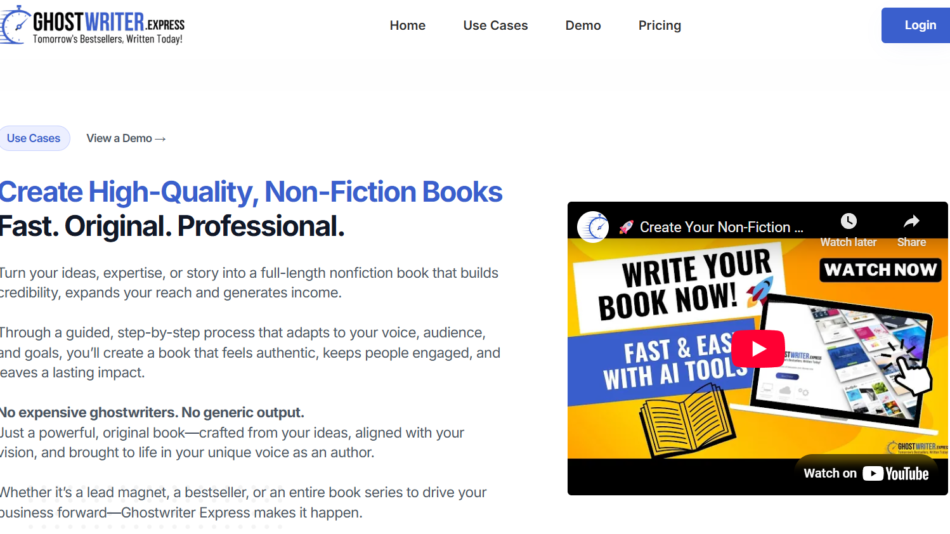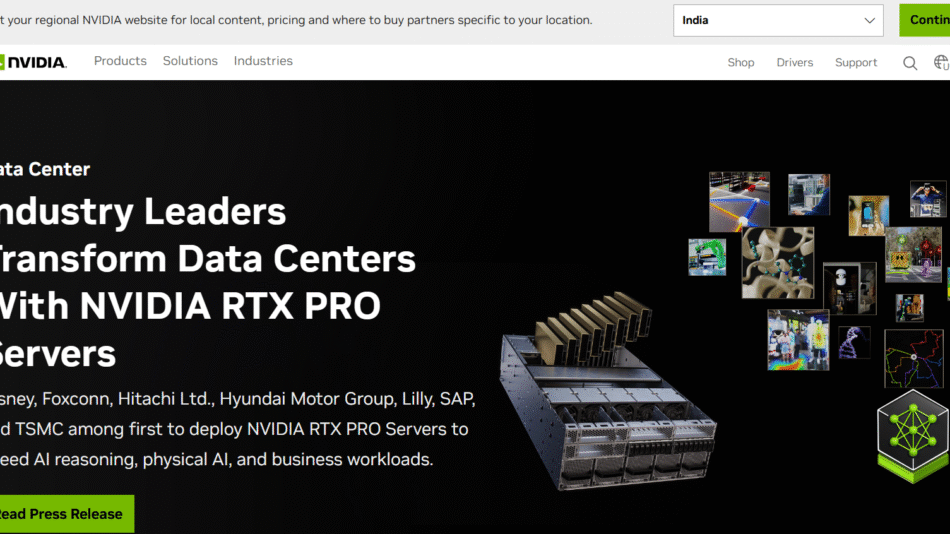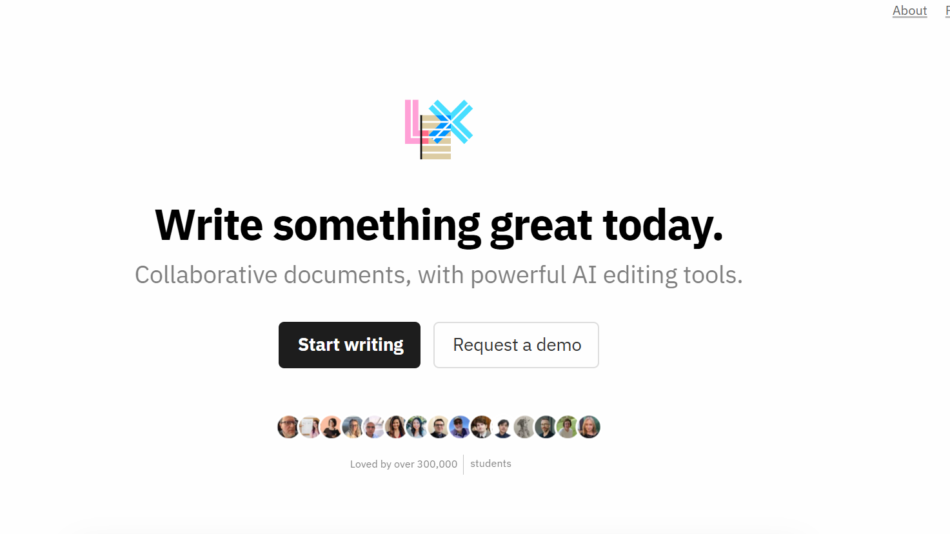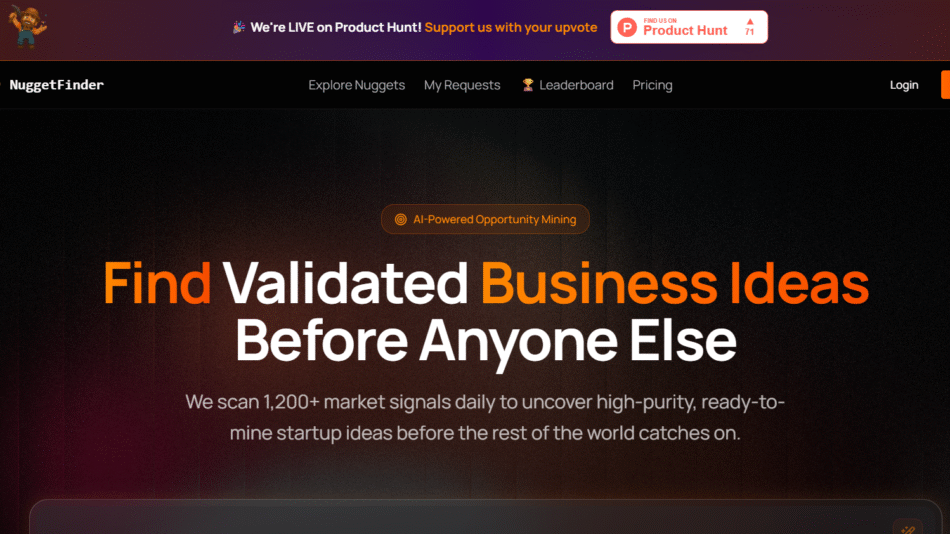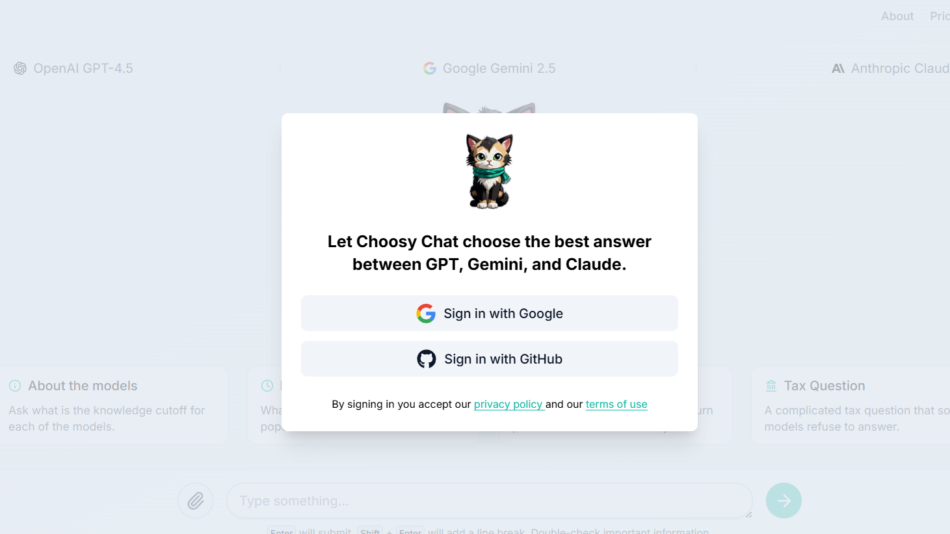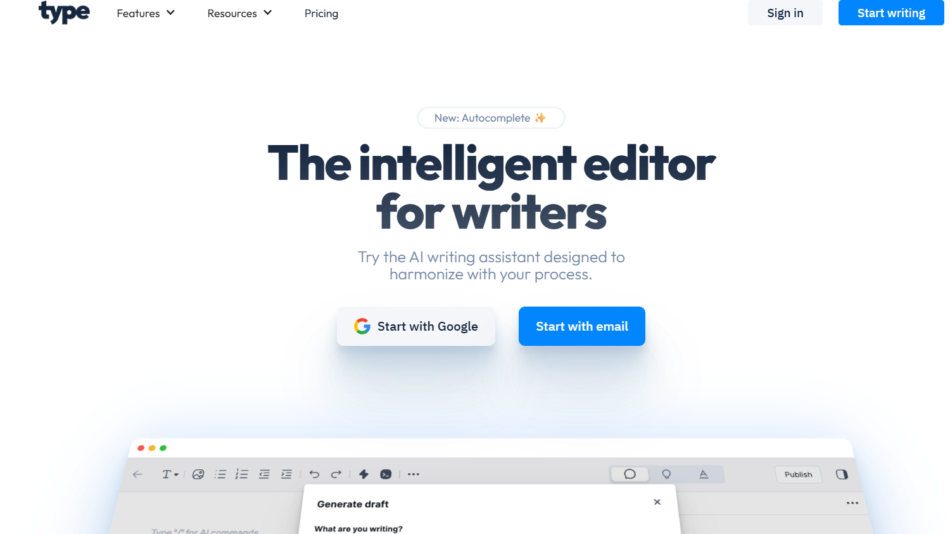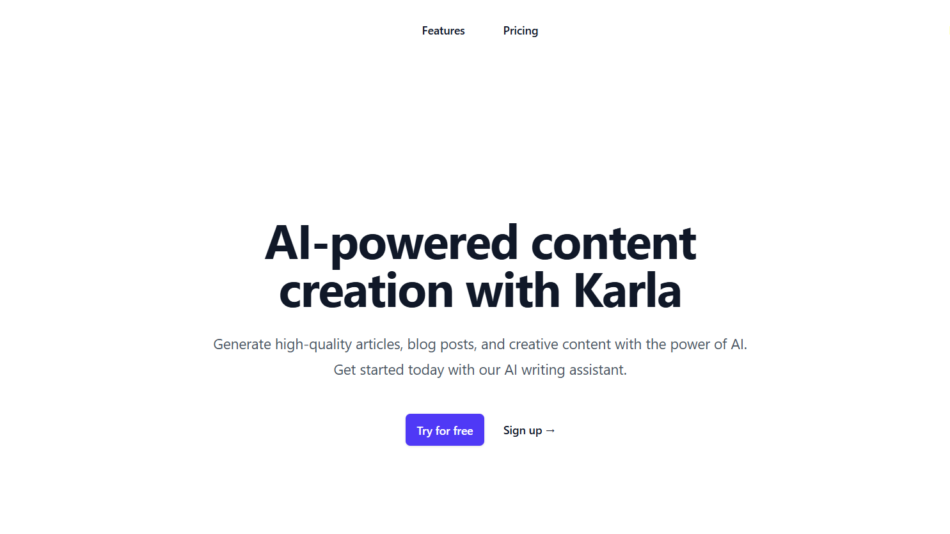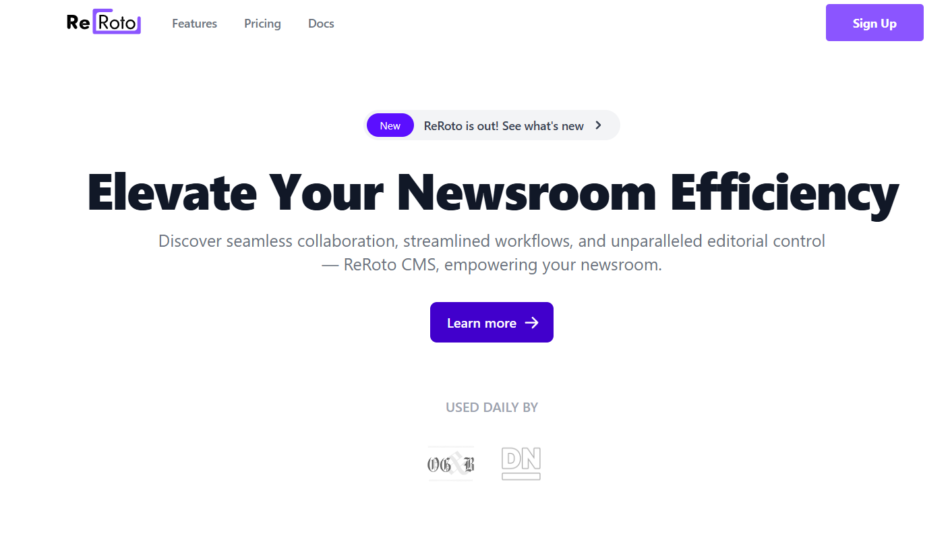AG11 Lab is a research-driven technology company focused on building AI-first products that solve complex, real-world problems. Positioned at the intersection of machine learning, software engineering, and design, AG11 Lab operates like an applied AI think tank—turning deep research into functional tools that reshape productivity, collaboration, and digital workflows.
The lab is particularly known for crafting early-stage, intelligent software projects that apply generative AI, natural language processing, and human-computer interaction principles. AG11 builds prototypes and tools that push the boundaries of what software can do autonomously and contextually.
Features
Since AG11 is a product lab rather than a standalone tool, its features are embedded within the tools and experiments it builds. Key initiatives include:
AI-First Product Design
Each tool or product starts from a foundation of AI capabilities, not just as an add-on but as a core design principle.Rapid Prototyping and Iteration
AG11 Lab creates early-stage experimental software that quickly explores new AI possibilities before scaling.Cross-Disciplinary Team
Combines machine learning engineers, product designers, and researchers to develop tools that are usable and impactful.Exploratory Research Output
Focuses on applied research in AI, producing usable tools and insights rather than academic papers alone.Focus on Language Interfaces
Several of AG11’s early experiments focus on language-based interfaces—voice, prompts, and context-aware interactions.Minimalist Design Aesthetic
Tools are often sleek, distraction-free, and intuitive, reflecting thoughtful user-centered design.Privacy-Respecting Architecture
Built with strong attention to user data privacy, transparency, and ethical AI design.Public Experiments and Early Access
AG11 shares prototypes with early adopters to gain feedback and refine ideas before broader release.
How It Works
Unlike single-purpose SaaS tools, AG11 Lab operates as a product studio and research platform, building intelligent tools on a rolling basis. Here’s how their typical process works:
Step 1: Identify a High-Impact Problem
AG11 pinpoints challenges in productivity, collaboration, or creative work that can benefit from AI-first software.
Step 2: Build an AI Prototype
The team develops a functional prototype using state-of-the-art ML models, often including LLMs or custom algorithms.
Step 3: Open Experimental Access
Products are shared in beta or private preview with early users to gather real-world feedback.
Step 4: Iterate and Refine
Based on feedback, the tool evolves with updated features, UI improvements, and model adjustments.
Step 5: Decide to Scale or Archive
Some experiments become full-fledged tools, while others remain research artifacts shared openly.
Use Cases
AG11 Lab’s tools and experiments cater to forward-looking users and organizations, such as:
Productivity Enhancement
AI agents or workflows that augment writing, planning, or brainstorming.Knowledge Work Automation
Assistants that summarize content, synthesize insights, or automate repetitive knowledge tasks.Language-Driven Interfaces
Tools that let users “speak” to software via natural language rather than buttons and menus.Design + AI Fusion
Minimal, elegant interfaces where AI does the heavy lifting invisibly behind the scenes.Creative Experimentation
Developers and designers looking to test the boundaries of generative or autonomous systems.
Pricing
AG11 Lab is a research and product development studio, so it does not offer standard pricing plans like traditional SaaS platforms. However:
Some tools are made freely available as public demos.
Others are offered via waitlist or closed beta for early users.
Long-term plans for commercial products are typically announced per product/project basis.
To explore current or upcoming projects, visit: https://ag11lab.com
Strengths
Bold, research-first approach to building next-generation software
Focus on AI as a core functionality, not an afterthought
Clean, user-friendly design across all tools
Privacy-conscious and thoughtfully engineered
Open to collaboration and community feedback
Drawbacks
No single “flagship product” yet—still in exploratory phases
Access to tools may be limited during early testing phases
Experimental tools may not be production-ready or long-term supported
Not ideal for users seeking fully featured business software today
Comparison with Other Platforms
AG11 Lab vs. OpenAI
OpenAI focuses on foundational models and APIs. AG11 Lab builds consumer-facing AI tools using applied research.
AG11 Lab vs. Replit Bounties or Vercel Labs
Like those labs, AG11 experiments with future-facing tools. However, AG11 has a deeper focus on AI-first user interfaces.
AG11 Lab vs. Builder Studios
Unlike no-code studios, AG11 creates tools from first principles using advanced ML—more research-driven than configurational.
AG11 Lab vs. AI Tool Marketplaces
AG11 does not aggregate tools but creates its own—highly original and intentionally designed from scratch.
Customer Reviews and Testimonials
Due to its experimental and early-access nature, user reviews are limited. However, early adopters and tech communities appreciate AG11’s approach:
“AG11’s tools are refreshingly clean and innovative. It’s like seeing the future of software.”
— AI Researcher
“I love their approach—more like a design studio fused with a research lab.”
— Product Designer
“What they’re building feels like what productivity software will look like in five years.”
— Early Beta User
Conclusion
AG11 Lab isn’t just building tools—it’s exploring what intelligent software could be. With an emphasis on clean design, experimental AI use, and user-centric thinking, the lab offers a glimpse into the future of work, creativity, and human-computer interaction.
If you’re curious about what’s next in AI-powered productivity or want to support emerging experiments in software design, AG11 Lab is worth following.

